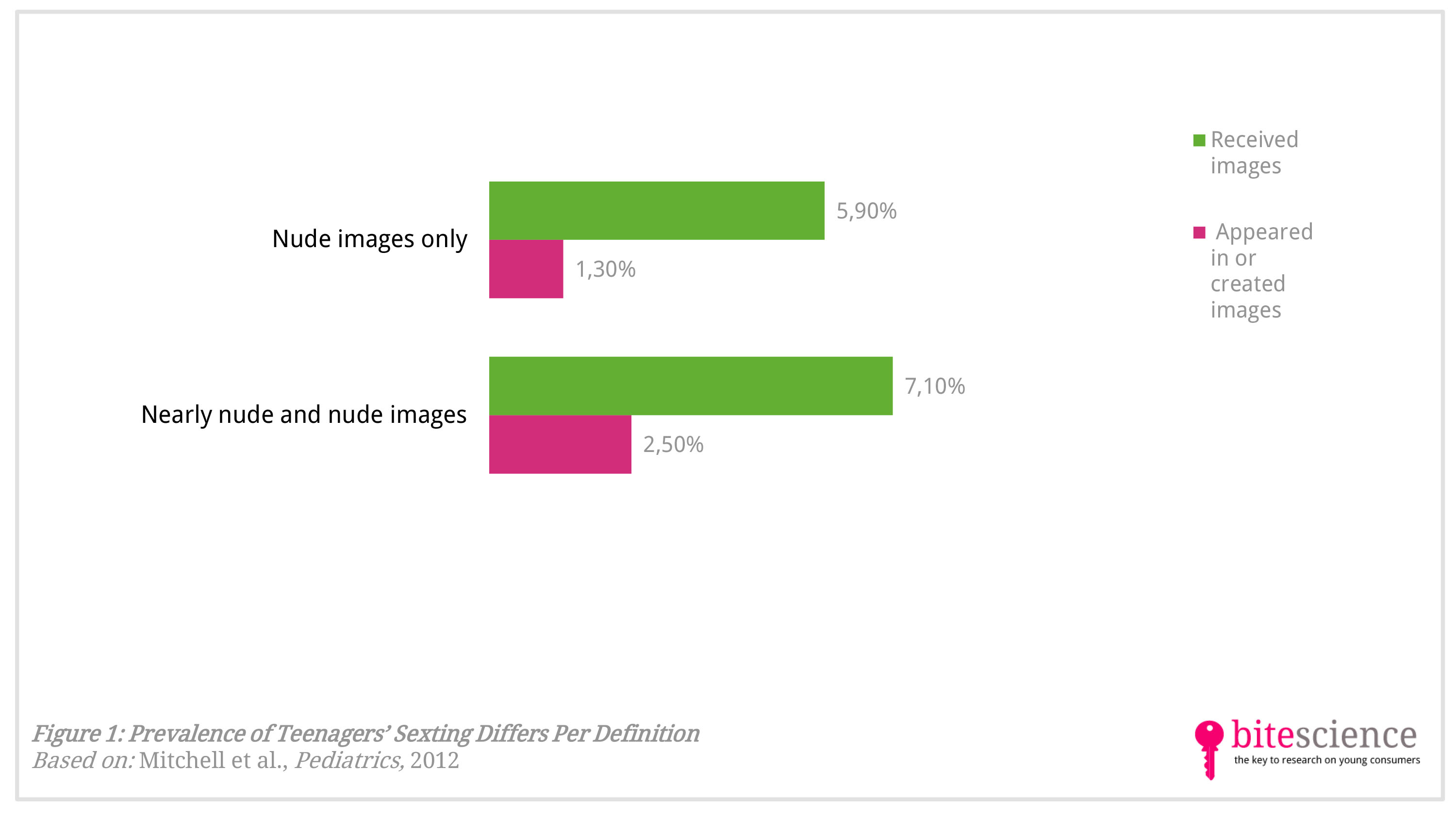
‘Sexting’: Reason For Concern?
‘Sexting’, or the practice of sending sexually explicit images (or sometimes texts) via mobile phones or other electronic devices, is not that prevalent as some parents or educators might think a study in Pediatrics reveals. However, when it does occur, danger lay just around the corner. Apart from the pictures that can hunt youngster for life, there is also the chance of creating illegal child pornography.
Take aways
- The prevalence of sexting depends on how it is defined. If sexting is viewed as creating, sending, or receiving nude and nearly nude images, then almost 10% of all teenagers indicated being involved in sexting at least once. If it is viewed as creating, sending or receiving explicitly nude images only, then this percentage drops to 7%.
- Even though sexting is not a normative behavior for teenagers, it does occur and therefore it’s important to inform youngsters about the consequences of sexting (the chance of creating illegal child pornography) and to advice them what to do when they receive certain sextings.
Study information
The question?
How prevalent is youth sexting and what are the characteristics?
Who?
1560 10-to 17-year-olds (mean age: 14 years old; 50% boys and 50% girls; 73% of the children are white, 15% African-American, 10% Latino/Hispanic, 3% American-Indian or Alaskan Native, 3% Asian, 2% other multi-ethnic groups and 2% have other backgrounds)
Where?
National sample, United States
How?
The data was collected between August 2010 and January 2011 via telephone surveys with youth internet users and their parents. The participants were randomly selected from a national sample of households with telephones. The interviewers spoke with a parent first and asked different questions about the child’s internet use. After receiving permission, the child was interviewed and asked about 3 types of sexting: (1) receiving sexually explicit images, (2) sending those images, or (3) creating them. They were asked whether they had ever been involved with one of the types of sexting and how often this has occurred in the past year.
Facts and findings
- Almost 10% of the teenagers (mean age: 15 years old: 42% boys and 57% girls) acknowledged appearing in, creating or receiving nude or nearly nude images in the past year:
- 1,3% of the teenagers appeared in or created nude images (i.e., images that showed breasts, genitals, or someone’s bottom) and 5,9% received nude images;
- 1,2% appeared in or created nearly nude images (i.e., images that showed youth wearing bathing suits or underwear, sexy poses, clothed genitals) and 1,2% received nearly nude images;
- The most reported reason for sexting was romance as part of an existing relationship, followed by a joke.
- 21% of the teenagers who appeared in or created the images, reported feeling very or extremely upset, embarrassed or afraid after doing so, against 25% of the teenagers who received the images.
- Most of the pictures were send or received via text messaging and the least via social networking sites.
